Refine listing
Actions for selected content:
2251 results in Cambridge Elements
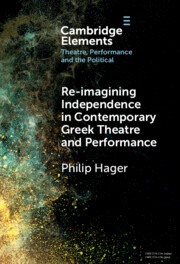
Re-imagining Independence in Contemporary Greek Theatre and Performance
-
- Published online:
- 20 December 2023
- Print publication:
- 15 February 2024
-
- Element
- Export citation
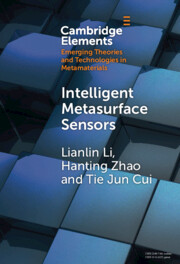
Intelligent Metasurface Sensors
-
- Published online:
- 20 December 2023
- Print publication:
- 01 February 2024
-
- Element
- Export citation
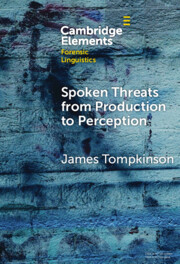
Spoken Threats from Production to Perception
-
- Published online:
- 20 December 2023
- Print publication:
- 18 January 2024
-
- Element
- Export citation
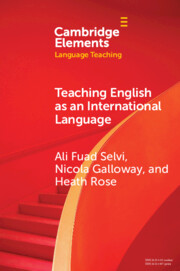
Teaching English as an International Language
-
- Published online:
- 20 December 2023
- Print publication:
- 01 February 2024
-
- Element
- Export citation
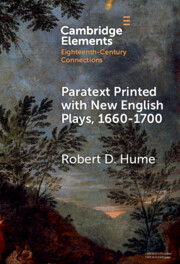
Paratext Printed with New English Plays, 1660–1700
-
- Published online:
- 19 December 2023
- Print publication:
- 01 February 2024
-
- Element
-
- You have access
- Open access
- HTML
- Export citation
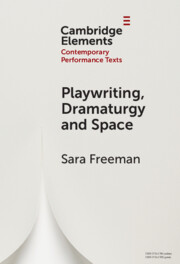
Playwriting, Dramaturgy and Space
-
- Published online:
- 19 December 2023
- Print publication:
- 18 January 2024
-
- Element
- Export citation
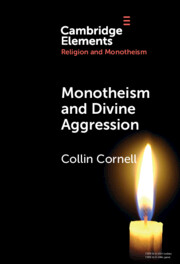
Monotheism and Divine Aggression
-
- Published online:
- 19 December 2023
- Print publication:
- 01 February 2024
-
- Element
- Export citation
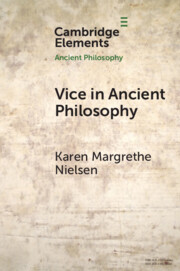
Vice in Ancient Philosophy
- Plato and Aristotle on Moral Ignorance and Corruption of Character
-
- Published online:
- 19 December 2023
- Print publication:
- 18 January 2024
-
- Element
- Export citation
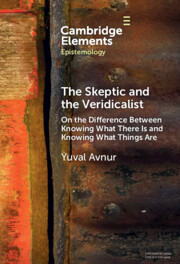
The Skeptic and the Veridicalist
- On the Difference Between Knowing What There Is and Knowing What Things Are
-
- Published online:
- 18 December 2023
- Print publication:
- 18 January 2024
-
- Element
- Export citation
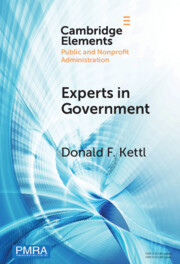
Experts in Government
- The Deep State from Caligula to Trump and Beyond
-
- Published online:
- 18 December 2023
- Print publication:
- 18 January 2024
-
- Element
- Export citation
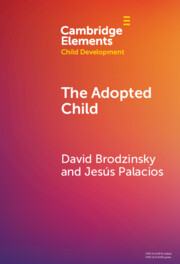
The Adopted Child
-
- Published online:
- 18 December 2023
- Print publication:
- 01 February 2024
-
- Element
- Export citation
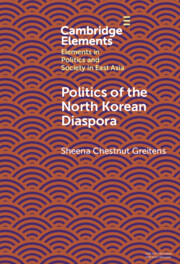
Politics of the North Korean Diaspora
-
- Published online:
- 17 December 2023
- Print publication:
- 18 January 2024
-
- Element
- Export citation

Translation in Analytic Philosophy
-
- Published online:
- 17 December 2023
- Print publication:
- 18 January 2024
-
- Element
- Export citation

Communal Societies and New Religious Movements
-
- Published online:
- 16 December 2023
- Print publication:
- 01 February 2024
-
- Element
- Export citation
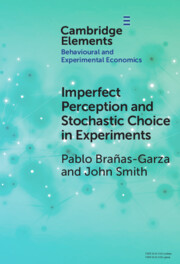
Imperfect Perception and Stochastic Choice in Experiments
-
- Published online:
- 16 December 2023
- Print publication:
- 01 February 2024
-
- Element
- Export citation
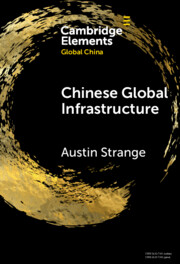
Chinese Global Infrastructure
-
- Published online:
- 14 December 2023
- Print publication:
- 21 December 2023
-
- Element
-
- You have access
- Open access
- HTML
- Export citation
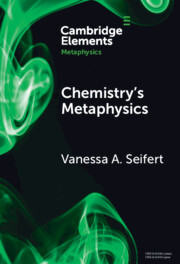
Chemistry's Metaphysics
-
- Published online:
- 14 December 2023
- Print publication:
- 18 January 2024
-
- Element
-
- You have access
- Open access
- HTML
- Export citation
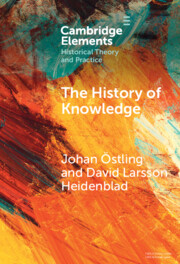
The History of Knowledge
-
- Published online:
- 14 December 2023
- Print publication:
- 18 January 2024
-
- Element
-
- You have access
- Open access
- HTML
- Export citation
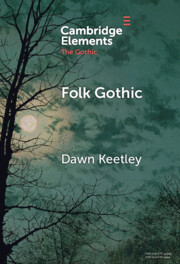
Folk Gothic
-
- Published online:
- 14 December 2023
- Print publication:
- 01 February 2024
-
- Element
- Export citation
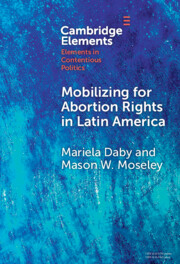
Mobilizing for Abortion Rights in Latin America
-
- Published online:
- 14 December 2023
- Print publication:
- 18 January 2024
-
- Element
- Export citation
